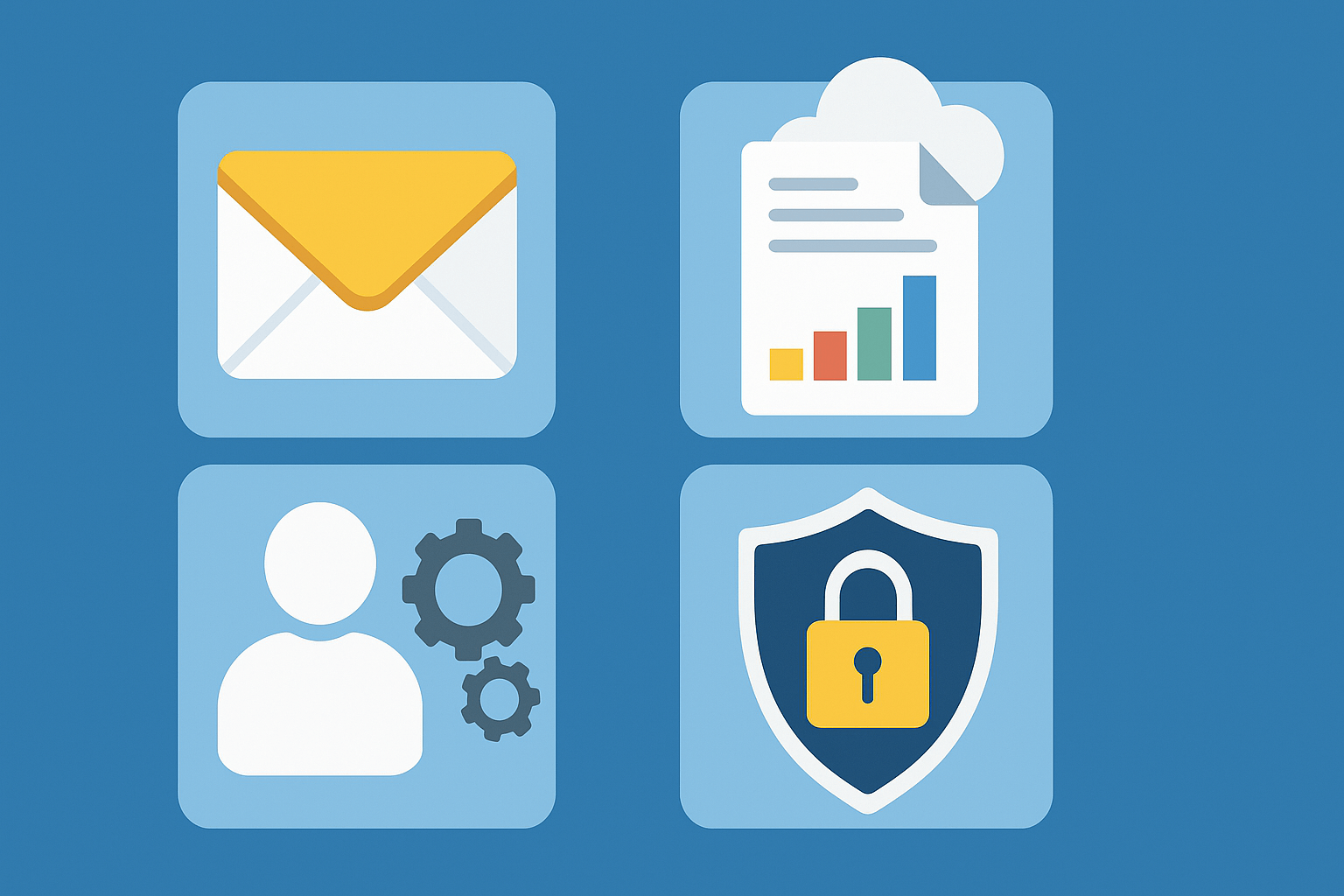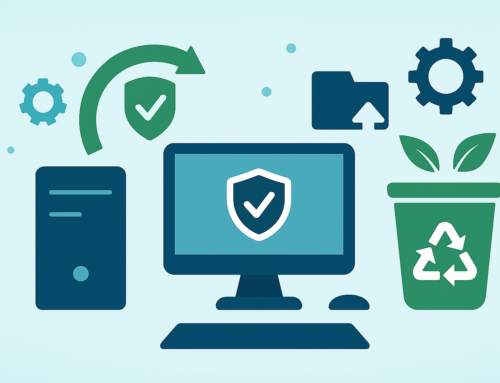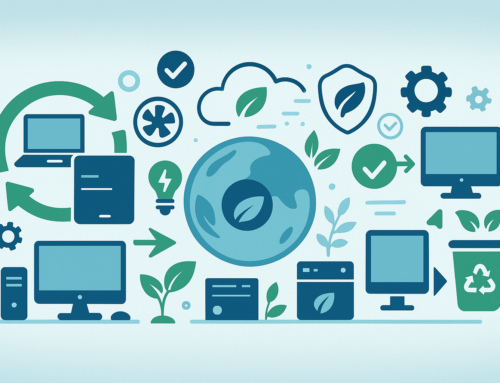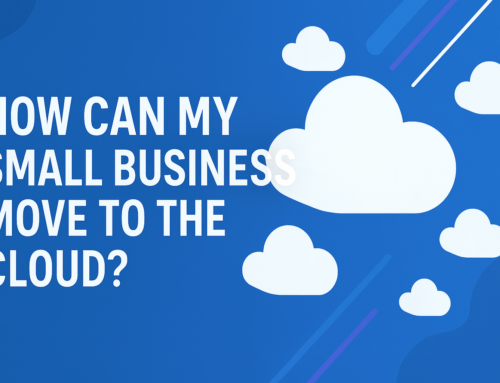What’s the Best Software Setup for a Small Business?
If you run a small or medium-sized business (SMB), you’ve probably wondered: What’s the best software setup for my business? With so many options out there, choosing the right tools can feel overwhelming. The good news is, you don’t need to buy everything at once. By picking the right combination of software, you can make your business more efficient, secure, and ready to grow.
In this guide, we’ll break down the key types of software SMBs need, why they matter, and how to choose the right setup for your business.

Core Software Every Small Business Should Have
1. Email & Collaboration Tools
Your team needs to communicate clearly and share information easily. The two most popular platforms are:
- Microsoft 365 (Outlook, Teams, SharePoint, OneDrive)
- Google Workspace (Gmail, Meet, Drive, Docs)
Both are excellent choices. Microsoft 365 is great for businesses that want a familiar, desktop-style experience, while Google Workspace is ideal if you prefer cloud-first, collaborative tools.
2. File Storage & Backup
Keeping your files safe and accessible is essential. Cloud storage options like OneDrive, Google Drive, or Dropbox ensure your documents are always available and backed up securely.
Not sure which storage solution is right for you? Talk to us and we’ll recommend the best option for your business size and industry.
3. Accounting & Finance Software
Every business needs a way to manage cash flow. Popular options include:
- Xero (easy-to-use, cloud-based accounting)
- QuickBooks (strong reporting and integrations)
- Sage (well-suited for businesses with more complex needs)
4. Customer Relationship Management (CRM)
If you want to keep track of leads, clients, and sales pipelines, a CRM is invaluable. Options include:
- HubSpot CRM (free to start, user-friendly)
- Zoho CRM (affordable, feature-rich)
- Salesforce (powerful, better for scaling businesses)
5. Cybersecurity Tools
SMBs are prime targets for cyber attacks. Protecting your systems is critical. At a minimum, you’ll need:
- Antivirus and anti-malware software
- Multi-factor authentication (MFA)
- A reliable firewall
Many SMBs pair these tools with managed IT support for ongoing monitoring and updates.
6. Industry-Specific Software
Depending on your business type, you may also need specialist tools (e.g. project management software like Trello or Asana, HR systems like BambooHR, or design tools like Adobe Creative Cloud).
How to Choose the Right Software Setup
When deciding on your setup, ask yourself:
- What are my biggest pain points right now? (e.g., slow communication, poor visibility of sales, weak data security)
- Which tools will make the biggest difference for my team today?
- Can this software scale as my business grows?
- Does it integrate with what we already use?
If you’re not sure where to begin, get in touch with us at Techfident. We’ll help you cut through the noise and build a setup that fits your needs and budget.
Final Thoughts
The best software setup for a small business isn’t about buying every tool under the sun. It’s about choosing the right mix of core systems – email, storage, accounting, CRM, and security – and then adding industry-specific tools as you grow.
With the right setup, you’ll save time, protect your data, and give your team the tools they need to succeed.
About Techfident
At Techfident, we help SMBs find and implement the right IT solutions – from software and cloud services to hardware and managed IT support. We know that every business is unique, which is why we provide advice that’s tailored, jargon-free, and focused on results.
Ready to optimise your software setup? Contact Techfident today and let’s build a smarter, more efficient IT environment for your business.




